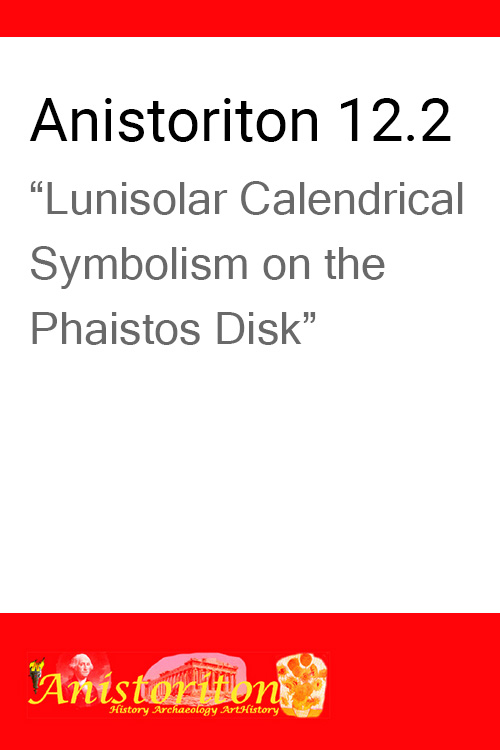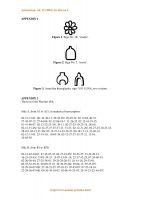Text summary
From: Journal article · Marianna P. Ridderstad · 2010

Text: Full Collation (full), Transcript
Cretan Hieroglyphs ⟶ Evans Numbering System a
| Side/No. | Numeric Transcript |
|---|---|
| p. 5, appendix 2 | |
| Side A | |
| A1-A31 | 02-12-13-01-18/ 24-40-12 29-45-07/ 29-29-34 02-12-04-40-33 27-45-07-12 27-44-08 02-12-06-18-? 31-26-35 02-12-41-19-35 01-41-40-07 02-12-32-23-38/ 39-11 02-27-25-10-23-18 28-01/ 02-12-31-26/ 02-12-27-27-35-37-21 33-23 02-12-31-26/ 02-27-25-10-23-18 28-01/ 02-12-31-26/ 02-12-27-14-32-18-27 06-18-17-19 31-26-12 02-12-13-01 23-19-35/ 10-03-38 02-12-27-27-35-37-21 13-01 10-03-38 |
| Side B | |
| B1-B30 | 02-12-22-40-07 27-45-07-35 02-37-23-05/ 22-25-27 33-24-20-12 16-23-18-43/ 13-01-39-33 15-07-13-01-18 22-37-42-25 07-24-40-35 02-26-36-40 27-25-38-01 29-24-24-20-35 16-14-18 29-33-01 06-35-32-39-33 02-09-27-01 29-36-07-08/ 29-08-13 29-45-07/ 22-29-36-07-08/ 27-34-23-25 07-18-35 07-45-07/ 07-23-18-24 22-29-36-07-08/ 09-30-39-18-07 02-06-35-23-07 29-34-23-25 45-07/ |
| Source(s) a Ridderstad, "Phaistos Disk", 5 launch . | |
Original source data
Cite this page
OMNIKA Foundation Contributors. ""Phaistos Disk Text": Numerical Transcription by Marianna P. Ridderstad." OMNIKA – World Mythology Index, OMNIKA Foundation, 26 Jul. 2020, omnika.org/stable/919. Accessed 1 May. 2024.
OMNIKA (2020, July 26). "Phaistos Disk Text": Numerical Transcription by Marianna P. Ridderstad. Retrieved from https://omnika.org/stable/919
OMNIKA Foundation Contributors. ""Phaistos Disk Text": Numerical Transcription by Marianna P. Ridderstad." Las Vegas, NV: OMNIKA Foundation. Created July 26, 2020. Accessed May 1, 2024. https://omnika.org/stable/919.






